We independently review all recommended products and services. When you make a purchase using our links, we may earn a commission.
How To Soundproof a Baby's Room: 27 Quick and Easy Ways
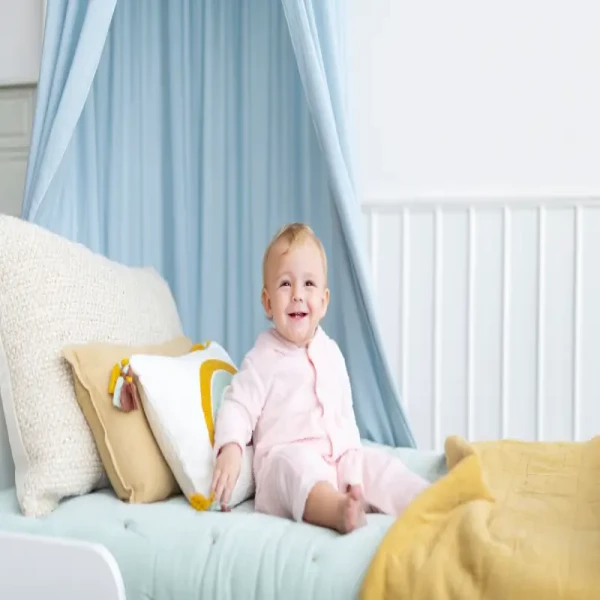
We independently review all recommended products and services. When you make a purchase using our links, we may earn a commission.

Hey there, fellow parents! Are you tired of tip-toeing around your own home because you're afraid of waking up your little one?
Well, fear not! As a seasoned parent who has gone through the trials and tribulations of sleepless nights,
I'm here to share with you my expertise on how to soundproof a baby room.
According to a recent study conducted by the National Sleep Foundation, babies require up to 14-17 hours of sleep per day.
That's a lot of time spent in their rooms, which means it's crucial to create a peaceful and quiet environment.
According to the healthychildren, every year, around 3,500 babies in the United States die suddenly and unexpectedly while they're sleeping. Most of these tragic deaths are due to sudden infant death syndrome (SIDS) or accidental deaths from suffocation or strangulation.
According to the cdc gov There are about 3,500 sleep-related deaths among US babies each year. 22% of mothers reported not placing their baby on his or her back to sleep, as recommended. 39% of mothers reported using soft bedding (not recommended) when placing babies to sleep.
According to the American academy of pediatrics, they’ve assembled a collection of tools and resources to help pediatricians and healthcare professionals provide education and guidance to parents and caregivers on infant safe sleep.
 Pro Tip
Pro TipThe National Institutes of Health recommends that children have their hearing tested before the age of three and not be subjected to noise levels over 60 decibels.
The recommendation for noise level in hospital nurseries is actually lower, at 50 dB.
The volume of a quiet conversation is between 50 and 55 decibels, while an alarm clock emits 80 decibels.
But, how to make baby room soundproofed properly without breaking the bank?
Well, I'm here to tell you that it's easier than you think.
In this blog post, I'm going to share with you 27 quick and easy ways to soundproof baby's room.
From using simple materials like weatherstripping and acoustic foam panels to more complex methods like installing soundproof curtains and doors,
I've got you covered.
So, whether you're living in a noisy apartment complex or just want to ensure that your baby gets the best possible sleep, read on to learn everything you need to know about soundproofing baby's room.
Let's get started
Your baby’s room is their sanctuary. It’s where they sleep, play, and learn. You want it to be as comfortable and safe as possible for them.
However, if you live in a noisy area or have loud neighbors, this can be difficult to achieve.
If you want your baby to get the best sleep possible (and who doesn’t?), then soundproofing baby room is a must.
It can also be beneficial for your neighbors and yourself to get some restful sleep.
You might be surprised to learn that babies can hear from the womb, and their sense of hearing is fully developed by the time they are born.
So, it’s important that you make sure your baby’s room is as quiet as possible.

How to Make Baby’s Room Soundproof If you’re a parent, then you know that one of the most important things to consider when decorating your baby’s room is soundproofing.
Babies are notoriously loud sleepers, and if they share a room with an older sibling or another child in the house, it can be difficult to get any rest without being woken up by the sound of their cries.
The good news is that there are some easy ways for parents to make their baby's rooms soundproof so everyone gets a better night’s sleep.
when you come soundproofing your window. there are a few things you can do:
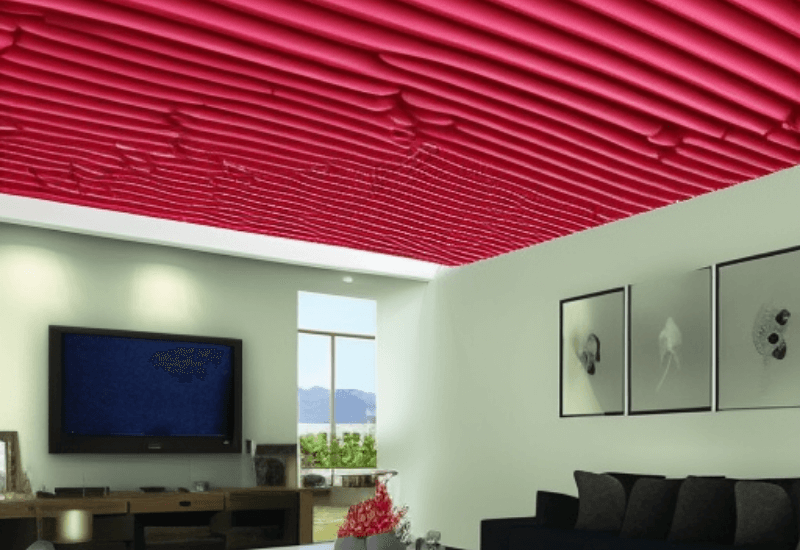
Another one of the most effective ways to soundproof a nursery room is to focus on the ceiling. Soundproofing the ceiling can help block out distracting noises coming from upstairs neighbors, street traffic, and other external sounds.
You have a few different options when it comes to soundproofing the ceilings in your baby’s room. The most popular option is to use acoustic tiles or acoustic foam panels.
These materials are designed to absorb sound waves and reduce the level of noise coming into the nursery.
If you want to go the extra mile, you can install a drop ceiling with acoustic insulation between the joists to further reduce noise levels.
No matter which method you choose, it’s important to ensure that the soundproofing materials you select are non-toxic and safe for your baby.
soundproofing the walls can help create a peaceful oasis for your little one.
Here are some quick and easy ways to soundproof your baby’s nursery room:
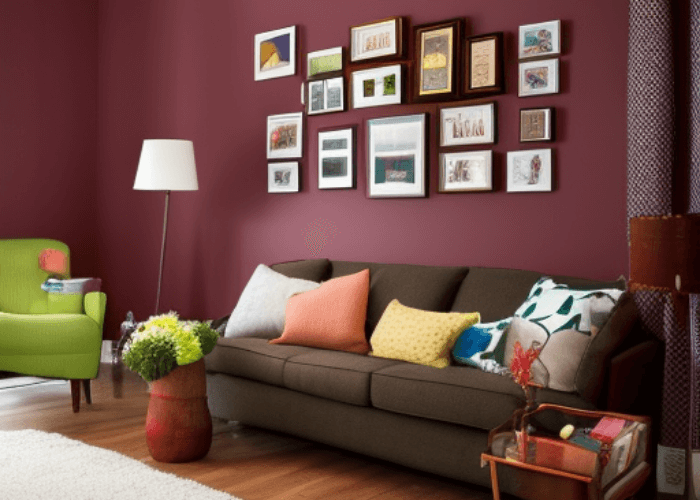
The next one can be done through decoration and furniture choices.
Furniture placement is key – place larger pieces such as dressers and bookshelves away from the crib to reduce sound reverberation in the room.
Add wall art to absorb sound waves and place small furniture like rockers or changing tables away from walls to prevent sound from bouncing off them.
Finally, soundproof foam panels can be added to the walls for an extra layer of insulation against noise. With these decorating and furnishing tips, you can create a calm and peaceful nursery for your precious little one.
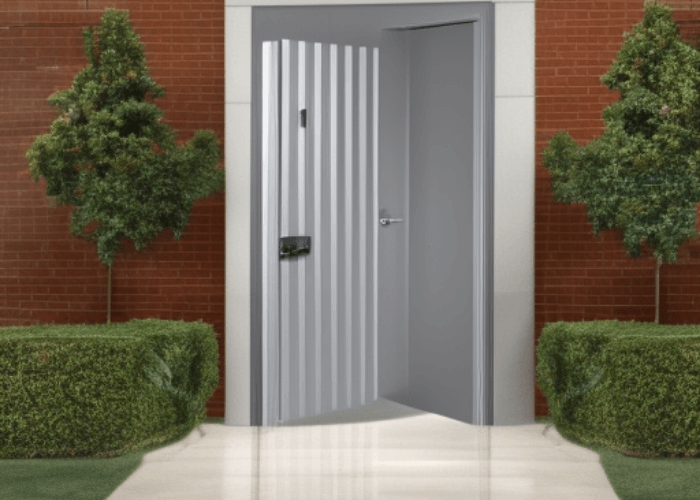
The door is a major source of sound in your home. It's where you can hear people talking, footsteps, and other sounds. If you want to reduce these noises, try soundproofing the door.
Here are a few ways it can be done:
Carpeting and rugs also are an effective way to soundproof a nursery room, as they absorb sound and reduce echoes.
Place area rugs or wall-to-wall carpeting throughout the room to help deaden sound and make sure to pad any flooring that may be prone to echoing. Not only will this help make your baby’s room quieter.
it will also make it a much more comfortable place to spend time.
Acoustic art panels are also the perfect addition to any nursery room. Acoustic art panels help absorb sound and reduce echoing throughout the room, creating a comfortable and serene atmosphere.
Not only do these panels soundproof the space, but they can also be used as decorative pieces to add to the nursery’s décor.
You can choose from a variety of beautiful, fun designs that will bring life to the room and make your little one feel safe and secure.
You can even customize your own design or upload photos of your choice. With acoustic art panels, you can make sure your baby’s room is both soundproof and stylish.
One of the most effective solutions is also double glazing. Double glazing windows have two panes of glass with a pocket of air or gas in between them.
This pocket of air works as an insulator, blocking out outside noise and creating a quieter, more peaceful environment for your little one.
Double glazing can also help to regulate the temperature in the nursery, keeping it cool in summer and warm in winter.
If you’re looking for an energy-efficient way to soundproof your baby’s room, double glazing could be the perfect solution.
One of the easiest and most effective ways to soundproof your baby's room is by using sound-absorbing curtains.
These curtains come in a variety of materials and colors, and can help reduce outside noise from entering your baby's room.
Not only do these curtains provide acoustic insulation, but they can also add an element of style to the room.
When choosing curtains for soundproofing, look for ones that are made with heavy, sound-absorbing fabrics such as velvet, linen, and even fleece.
These fabrics are designed to absorb sound waves and deflect them away from the room.
Additionally, you can layer multiple curtains to further dampen any sounds that make their way through the first layer. With sound-absorbing curtains, you can create a peaceful environment for your baby while still maintaining a stylish aesthetic in the nursery.
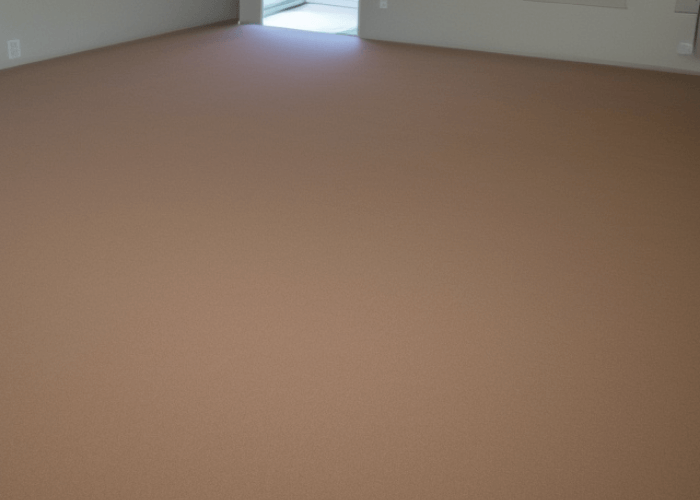
soundproofing the nursery floor is also an important step. It can be challenging to soundproof a nursery room since sound can travel through any open gaps, crevices, or cracks in the floor.
Here are some tips to help you soundproof your baby's room:
With these tips, you can create a quiet and peaceful space for your baby to get their much needed rest.
Soundproofing your nursery room can also help create an environment where your baby can feel safe and secure, leading to better sleep and happier days for both you and your little one.
Recommended reading:How To Soundproof A Floor
Another one of the most effective soundproofing methods is installing a solid-core door. This type of door helps to reduce sound transmission from one room to another, as well as from outside noises.
Solid-core doors are made from a solid material and feature a solid core structure which is not only more soundproof than hollow-core doors, but also more durable.
Installing a solid-core door in the nursery will help to keep noise levels low so your little one can sleep peacefully.
Another one of the most effective ways to soundproof a nursery room is to soundproof the existing door.
A great way to do this is to replace the hollow interior doors with solid core doors, which can reduce outside noises by up to 50 percent.
You can also add extra layers of soundproofing materials such as acoustical door seal strips and door sweeps around the edges of the door to further improve the soundproofing capabilities of your baby’s room.
Acoustic panels are an effective and affordable way to soundproof a room while also adding to the aesthetics of the nursery.
Installing acoustic panels on your walls can help to reduce unwanted noise from entering the nursery, while creating a peaceful environment for your newborn.
Acoustic panels come in a variety of sizes, shapes, colors, and textures to fit the style of any nursery.
They can be used on walls, ceilings, and floors for maximum soundproofing. The thickness of the panel will also determine how much sound it will absorb.
When installing acoustic panels, use acoustic glue to ensure a secure fit.
It is also important to keep the panels clean, as dirt and dust can affect their soundproofing properties.
Finally, you can enhance the soundproofing of your nursery by adding thicker panels and extra insulation behind them.
This will help to block out even more unwanted noise, making it easier for your baby to have a peaceful night's rest. With the right acoustic panels, you can easily soundproof a nursery room for your little one.
Before you start installing sound-absorbing materials to your walls, take the time to inspect them carefully.
Look for any holes or cracks in the wall that could let sound in or out. Fill in any gaps with caulk and use sealant around any electrical boxes or windows.
This will help to prevent any external noise from getting in, as well as keep the sound from your baby’s room from escaping outside.
It may seem like a small step, but taking the time to properly seal off any openings will go a long way in soundproofing your nursery.
To arrange furniture, you'll need to know the basic rules of thumb. The height of a piece of furniture should be equal to or slightly taller than its width.
You should also arrange your furniture so that it can be seen from all sides and the front. To do this, make sure you place your sofa in the center of the room and then place each other piece of furniture around it in a circular or diagonal pattern.
When it comes to soundproofing a nursery room, one of the best things you can do is to bring in heavy furniture. Furniture like dressers, bookcases, and armoires will help to absorb sound and reduce the noise from outside.
This can be especially helpful if your baby’s room is located other noisy areas street or other noisy area.
Additionally, these pieces of furniture can act as a barrier, blocking out some of the outside noise. As an added bonus, furniture also gives a room a more homey feel and can create a cozy atmosphere for your little one.
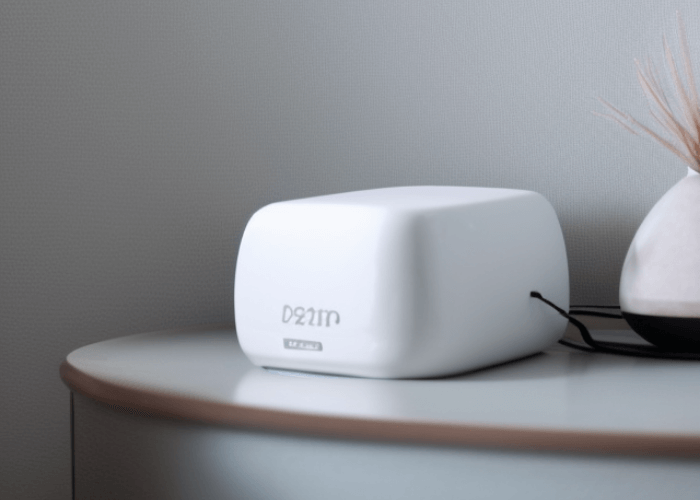
Another one of the most effective ways to soundproof a nursery room is to install a white noise machine.
White noise machines generate soothing tones such as fan, ocean, or rain sounds that are designed to block out ambient noise and help your baby sleep better.
Not only do they provide a calming atmosphere in your baby’s room, but they also help muffle any outside noises that could potentially disturb your little one’s slumber.
To find the right white noise machine for your nursery room, consider factors such as sound quality, volume levels, and portability.
Additionally, look for machines that come with features like nightlights, lullabies, and timer options that can help you create a peaceful environment for your baby.
With the right white noise machine, you can rest assured knowing that your baby will have a comfortable and soundproof place to sleep peacefully.
If you want to soundproof a nursery room, installing underlayment is also one of the best solutions.
Underlayment is a layer of material placed underneath flooring that absorbs sound and helps to keep it from traveling between rooms.
This makes it perfect for nurseries, as it can help to reduce noise coming from other rooms in the house.
Additionally, underlayment can also be used to reduce noise coming from outside sources, such as traffic or loud neighbors.
When choosing an underlayment, make sure you select one that is designed for soundproofing, as this will ensure that it does its job properly.
Additionally, look for an underlayment with a high STC (sound transmission class) rating, as this will indicate how effective it is at blocking out sound.
If you're renovating your nursery, you'll want to consider using deadening sheets to help reduce noise and vibration.
These sheets are used to cover the walls and ceiling of a room, which helps keep sound from traveling through the wall or floor.
They can also be used in conjunction with other treatments to absorb sound.
These sheets are usually made from several different types of materials depending on their purpose.
For instance, some types are made from recycled material that has been treated with fire retardants, while others use non-toxic paints and paints that contain anti-microbial agents for added protection against mold and mildew growth.
Soundproof barriers are a great way to reduce sound transmission, giving your baby the opportunity to rest peacefully.
Another one of the most effective ways to soundproof a nursery room is to build a window plug or hang soundproof curtains.
Window plugs are typically made with two pieces of rigid foam covered in acoustic fabric, which helps absorb sound.
Alternatively, you can hang soundproof curtains to reduce noise levels. These specialized curtains are designed to absorb sound, blocking out exterior noise and creating a peaceful environment for your baby.
To further reduce noise levels, you can add mass-loaded vinyl to the window frame or put extra acoustic insulation in the walls.
One of the most important steps in soundproofing a nursery room is sealing any gaps or cracks in the walls, floors, and ceilings.
This will prevent sound from entering the room, and help you keep your baby’s space peaceful and quiet.
You can use caulk or weather stripping around windows and door frames to seal any gaps or cracks. If you have any large holes in the wall or ceiling, consider using acoustic foam panels or a drywall patch to cover them.
Another one of the most effective methods is to construct a double wall. This involves building a second wall inside the existing nursery wall, with a gap between the two.
This gap helps to break up sound waves and prevent them from entering the nursery room, providing a soundproof barrier that won’t disrupt your baby’s sleep.
The walls of your baby's room should be decorated with soft, neutral colors. You can use wall hangings like a blanket on crib bedding to decorate the walls. You can also hang pictures of your baby on the wall or use a chalkboard to write down important information about your baby.
Wallpaper is one of the best ways to make your baby's room soundproof.
Installing some wallpapers will make your baby's room soundproof, and you can use them in any room of the house. You can also use them as a decoupage to make your home look beautiful.
You can make your baby's room soundproof by sealing and thickening the door.
First, you'll want to seal the door. This can be done by applying a silicone sealant or spray-on foam to the inside of your door.
Once the door is sealed, you'll want to thicken it with wallpaper paste or by placing extra layers of cardboard on top of each other in order to create an insulating layer between the two rooms (the baby's room and their nursery).
A Sound Dohm is a really good idea if you want to make your baby’s room soundproof and quiet. These things are super cheap and they work wonders.
They are also very easy to set up. All you need is some cardboard and tape.
 Pro Tip
Pro TipNot all noise is bad.
For instance, music is a great way for babies to learn about their surroundings, and can also help them fall asleep at night. But if the music is too loud or overbearing, it could be keeping your baby up.
If you're concerned about noise in your home, speak with an expert who specializes in soundproofing and insulation. They will have the tools and knowledge necessary to assess your situation and determine the best course of action for your family's needs.

According to the cdc gov, increased noise levels can cause stress, which affects your body and the developing baby.
Sound can travel through your body and reach your baby’s ears. If you are exposed to very loud noises, it is possible that they could hurt your unborn child's hearing.
While earplugs and earmuffs may provide some protection for you, they do nothing to protect your baby’s hearing.
If you're pregnant the only way to keep noise from damaging your baby's ears is stay away from loud places—or soundproof your entire house.
Many people work in jobs with high levels of noise. These include:

It is true that you can’t really control the noise from outside your home, but you can reduce the amount of distraction that your baby faces in their room.
To do this, you’ll just want to keep a few different things in mind as you start this project. Remember how many different kinds of noises there could be in a nursery.
From the house settling to your partner snoring, there are plenty of sounds that will impact your baby’s sleep environment.
You’ll also want to consider different levels of sound and how they can affect your baby as they sleep. If a sound is distracting enough, it won’t matter if it is white noise or loud music.
In the end, I know that you have a question that is what is the effective easy and affordable way to soundproof a baby room?
One effective, easy, and affordable way to soundproof a baby's room is by using acoustic panels or foam tiles. These materials can be easily installed on walls and ceilings to absorb sound waves and reduce noise levels. Another option is to use heavy curtains or drapes to cover windows and block out external noise. Additionally, adding a thick rug or carpet on the floor can help absorb sound and create a quieter environment. Sealing any gaps or cracks in the walls or windows can also help prevent sound from entering or exiting the room. These simple solutions can make a significant difference in creating a peaceful and quiet environment for your baby.
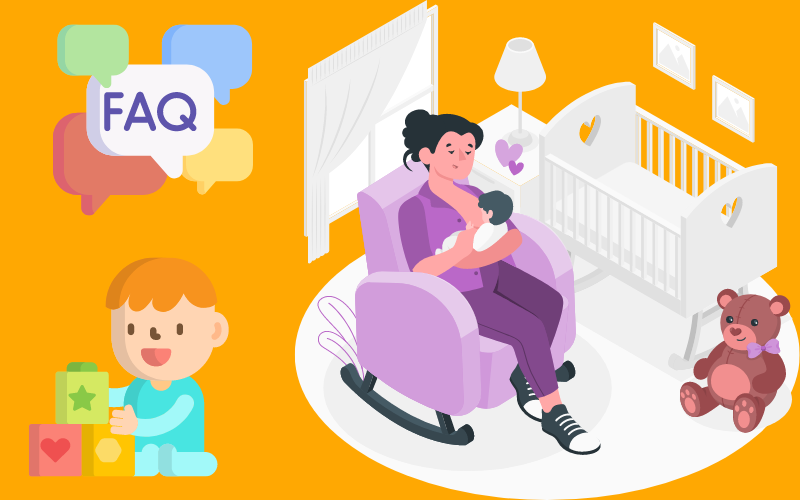
The simple answer is yes. A common complaint of parents is their baby’s inability to sleep through the night. This can be very stressful for parents, especially if they have another child who needs attention in the morning or is still working and need more sleep than they are getting.
The reason to soundproof a baby room is to ensure that your child can sleep through the night without being disturbed by outside noises. This can be especially important if you live in an area with a lot of traffic or other noise sources nearby.
One of the most important things in life is to have a quiet, peaceful and safe place for our children. In order to create such an environment, we need to soundproof our baby’s room. When it comes to soundproofing, many people think that only expensive solutions are effective. But this isn’t true.
White noise is a type of sound that helps babies sleep, relax and reduce stress. It&rsquo's often used as a treatment for colic, which is why it’s also referred to as “ crying reduction therapy.” The noise generated by white noise machines can provide an environment similar to the womb, where your baby feels safe and secure.
While there are many factors that influence how long a baby will sleep, the quality of their sleep is one of the most important. The best way to ensure that your baby gets a good night’s rest is by creating an environment that promotes healthy sleep habits.
The truth is that soundproofing isn’t enough. Even if you have the best soundproofing in the world, there will still be sounds that filter through walls and ceilings. You need a baby monitor to ensure that your child is safe and happy at all times.